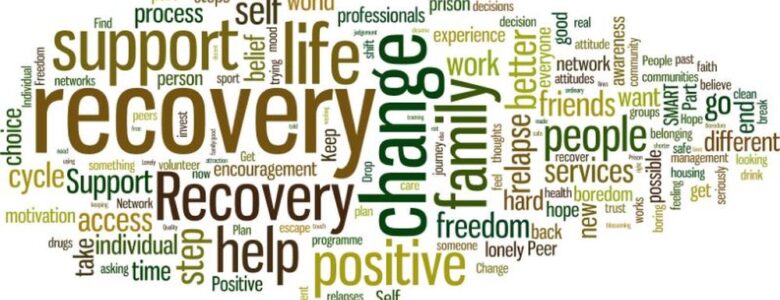In a joint statement, OASI Foundation and Caritas Malta expressed their concerns about the cannabis reformed bill. You can read the article here.
- Times of Malta

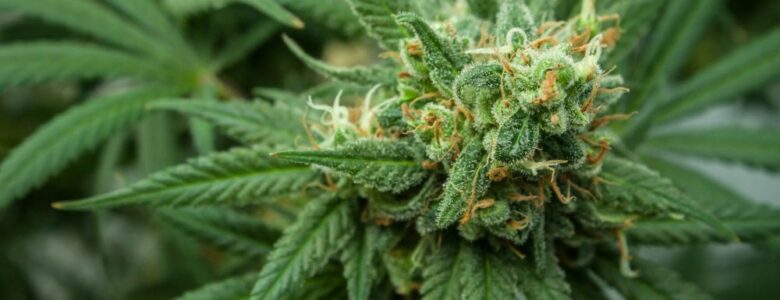

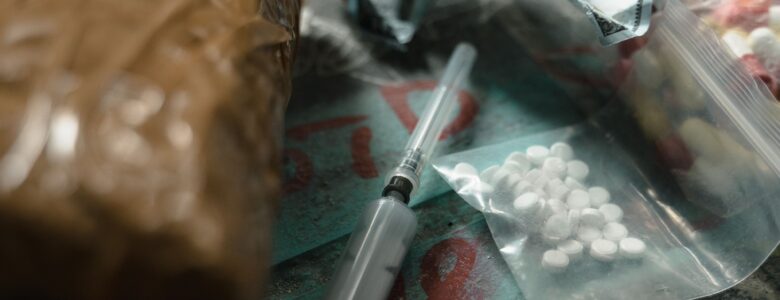

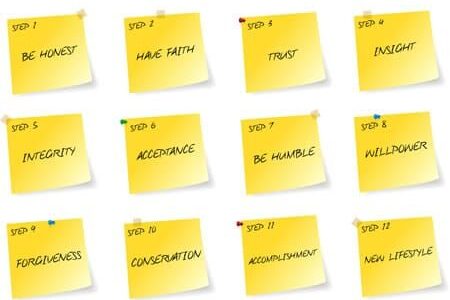
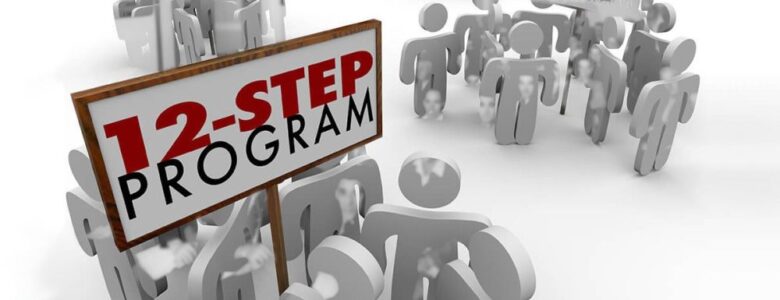

Nowadays whenever anyone wants to look up something, we have the Internet which easily accessed due to the advances technology has made. While this is a good thing, it can also lead to some misinformation to someone who does not look through the information properly and this is something which occurs a lot with addiction and drug use. This article will help us to debunk any myths regarding drug use and focus on the facts surrounding these myths.
Myth: “All drugs are addictive” – True
Fact: Yes, all drugs are addictive as they affect the brain’s reward centre where a flood of dopamine and the person using experiences a high so the brain will want to experience this again. There is no evidence that a person will get ‘hooked’ on the drug after one or two uses, however some drugs create dependence much quicker than others. It also depends on the person who is using the substance and their disposition to substance abuse. There are a lot of things which affect addiction and it is difficult to pinpoint the exact moment when a person becomes dependant on the substance they use.
Myth: “You have to use drugs for a long time before they can really cause damage” – False
Fact: Drugs can cause the brain to malfunction and send the wrong signals to the brain and body and in worst case scenarios, can potentially lead to difficulties breathing, heart attack, coma or death. Drugs also affect our behaviour significantly and this can lead to the person doing certain things which can lead to them engaging in risky behaviour. This can happen on the first time the person makes use of the substance.
Myth: “Drugs relive stress. They help deal with problems” – False
Fact: Drugs only make the person forget about their troubles and problems. Naturally, this does not mean that the initial problem has been solved. So once the drug wears off, the problem is still there for the person to deal with and sometimes more problems come up as a result of this. For others, having the initial problem together with an addiction, might lead to an increase in substance abuse, which worsens the issue even further.
Myth: “Addicts are bad people who do not try to stop” – False
Fact: Addicts are people who develop drug dependence due to multiple factors surrounding the individual. Something which is important for everyone to understand is that addiction is a chronic disease and it is not a choice. No one uses drugs to become an addict. Genetics play a big role, and a person will be physically more prone to become dependent on substances. The environment of the person also affects addiction as well as other factors which link together such as certain traumas that the person might have gone through. Addiction does not discriminate against anyone.
Myth: “As soon as a person feels normal, all the drug is out of the body” – False
Fact: While the amount of time for the person to feel normal again may not seem that long, traces of the substance can still be in the body for quite a long time. This depends on quite a number of things such as gender, weight, age and the substance used. For example, cocaine can be found in the body up to one week after use and marijuana can be found up to 3 months after use.
It is easy to read through myths surrounding drugs and believe what is written, however, it is important that one reads through information which is factual.
